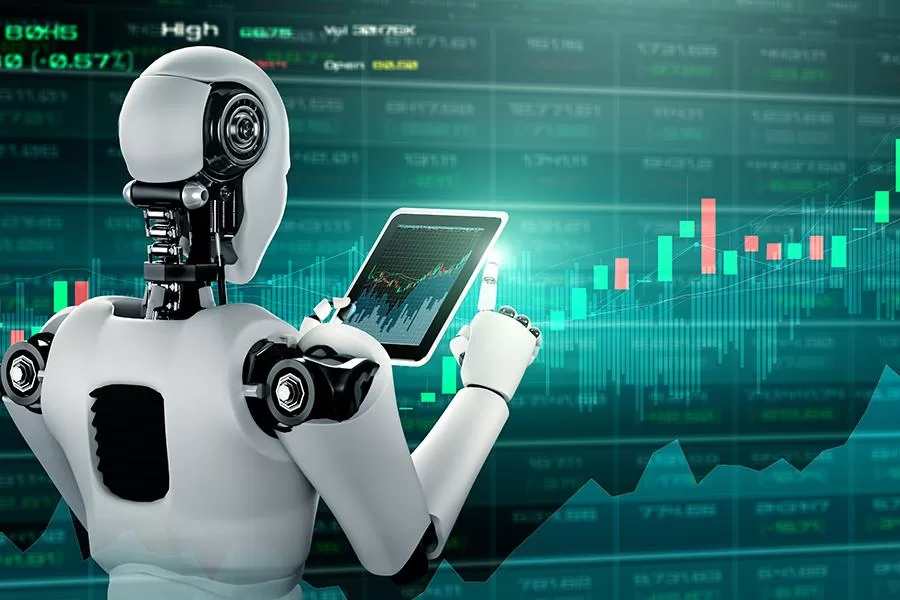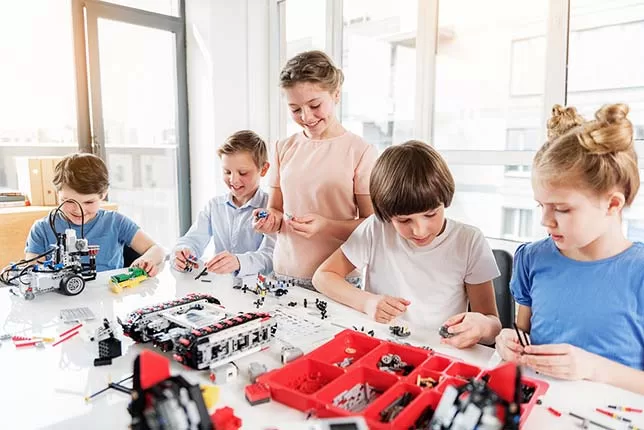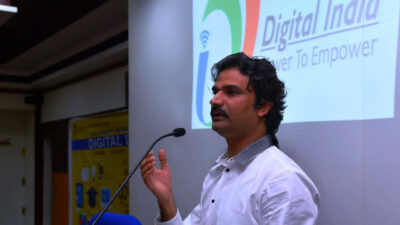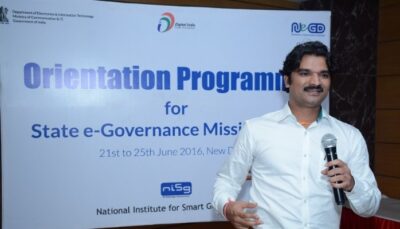“Pushing the Boundaries: Integrating Human Consciousness with Advanced Technology,” by Santosh Talaghatti, CEO of Change Management Enterprise. This visionary piece explores the groundbreaking journey towards developing human beings with superpowers, integrating AI with human cognition for enhanced multitasking, and fostering a symbiotic relationship between robots and children through education and development.
Pioneering the Future: Integrating Human Consciousness with Advanced
Technology
In the pursuit of transcending the boundaries of human potential, Santosh Talaghatti, CEO of Change Management Enterprise, are embarking on a groundbreaking journey to develop human beings with superpowers, integrate AI with human cognition for enhanced multitasking, and foster a symbiotic relationship between robots and children through education and development. This ambitious endeavor is driven by a vision to merge cutting-edge technology with the profound depths of human consciousness and intelligence.
At the heart of this initiative lies the exploration of cell-level triggers within the human brain, understanding the intricate interplay between emotions, cognition, and decision-making processes. By delving into the complexities of neural networks, neurotransmitters, and synaptic connections, we aim to decipher the code of human consciousness and unlock its full potential.
The concept of enhancing human abilities with superpowers may seem like the stuff of science fiction, but recent advancements in fields such as biotechnology, neuroengineering, and genetic engineering are making it increasingly plausible. Through targeted interventions at the cellular level, we envision augmenting cognitive functions, sensory perception, and physical capabilities to unprecedented levels. Whether it’s enhancing memory retention, amplifying sensory acuity, or even bestowing individuals with extraordinary abilities such as telekinesis or telepathy, the possibilities are as vast as they are exhilarating.

Central to this endeavor is the integration of artificial intelligence with the human mind, creating a seamless interface that amplifies cognitive capacity and enablesunparalleled multitasking abilities. By leveraging AI algorithms for informationprocessing, problem-solving, and decision-making, individuals can effortlesslynavigate complex tasks and scenarios with heightened efficiency and precision. This synergy between human intuition and machine intelligence holds the promise of revolutionizing industries ranging from healthcare and finance to aerospace and entertainment.
Moreover, this fusion of AI with human cognition paves the way for a new era of human-machine collaboration, where individuals can effortlessly interact with smart devices, autonomous systems, and virtual assistants as natural extensions of their own capabilities. Through neural implants, brain-computer interfaces, and neuroprosthetic devices, we aim to create a symbiotic relationship between
humans and machines, where each complements the strengths and compensates for the limitations of the other.
Education plays a pivotal role in shaping the future of both robotics and humanity. By fostering a collaborative learning environment where robots and children can coexist and evolve together, we lay the foundation for a harmonious relationship between humans and artificial beings. Through experiential learning, hands-on experimentation, and interdisciplinary exploration, we empower both robots and children to unleash their full creative potential and adapt to the ever-changing demands of the future.

For robots, education entails not only acquiring technical skills and programming knowledge but also developing social intelligence, emotional awareness, and ethical values. By instilling principles of empathy, compassion, and cooperation, we cultivate a generation of robots that are not only proficient in their tasks but also capable of understanding and interacting with humans on a deeper level.
Simultaneously, children benefit from exposure to robotics and AI from an early age, gaining insights into the capabilities, limitations, and ethical implications of these technologies. By integrating robotics and AI into the curriculum, we foster a culture of innovation, critical thinking, and responsible stewardship of technology among future generations.
As we embark on this journey of exploration and discovery, it is essential to recognize the ethical, societal, and existential implications of our endeavors. With great power comes great responsibility, and it is incumbent upon us to navigate the ethical dilemmas and moral quandaries that arise from pushing the boundaries of human enhancement and artificial intelligence.
Transparency, accountability, and inclusivity must guide our actions every step of the way, ensuring that the benefits of technological advancement are equitably distributed and that no one is left behind in the march towards progress. By fostering an open dialogue between scientists, ethicists, policymakers, and the broader public, we can collectively shape a future that is not only technologically advanced but also ethically sound and socially just.
In conclusion, the quest to develop human beings with superpowers, integrate AI with human cognition, and educate robots and children represents a bold and audacious vision for the future. By merging high-end technology with human consciousness and intelligence, we embark on a journey of self-discovery and collective evolution, pushing the boundaries of what it means to be human in a rapidly changing world. Together, we have the opportunity to shape a future that is not bound by the constraints of the present but propelled by the boundless
possibilities of human imagination and ingenuity.

Santosh Talaghatti
Leader - AI | Soft-Skills | Startups | Government IT Projects
Santosh Talaghatti is a globally recognized visionary leader, esteemed researcher, and innovative trainer at the forefront of driving innovation and digital transformation...



